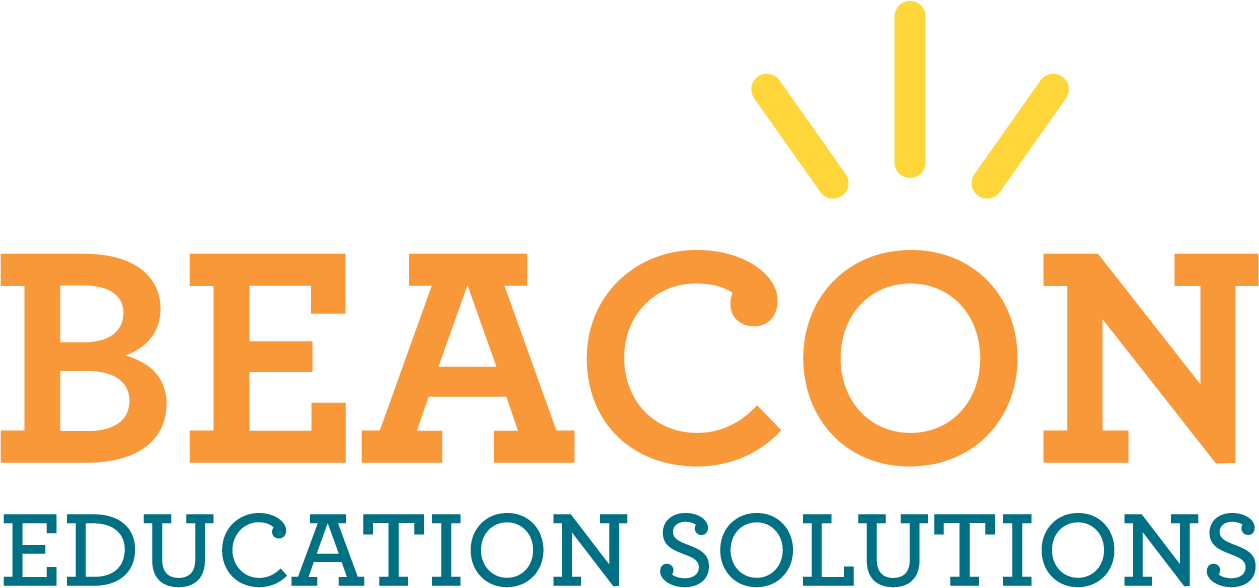IEP Progress Reports: They're Just as Important as IEP Goals!
When I first started advocating I spent a LOT of time on IEP goals: were they individualized to the child’s needs? Were those needs first identified in the present levels? Was the method of measurement objective and able to be captured with data? (advocate tip: just say no to methods described as “informal”).
If the goals are the foundation of a solid IEP, our foundations were strong. But that first year I soon realized the foundation was pointless if nothing was going to be built on it: over and over, parents were reporting that they would walk away from the IEP table and then know nothing about what was happening with the IEP until meeting time again the following year. Since then, I’ve learned to put just as much (or more!) emphasis on IEP goal-monitoring, which can be done by looking for and reviewing progress reports.
A progress report is just that: a report on your child’s progress toward their IEP goal. Progress reports are required by Maryland law to be distributed “at least as often as a parent is informed of a non-disabled student’s progress”, so four times a year during report card time. Progress reports must be relevant to their IEP goal, contain meaningful data, and include a description of sufficient or insufficient progress.
Relevance
Progress reports must report on the goal they are reporting on (I know. I know I just wrote the same idea twice and I know how basic the concept is but it’s. Still. Not. Happening.) If the progress report speaks about a subject that is not related to the goal or the goal’s objectives, there is no reasonable way to construe that it is reporting “progress toward the annual goal”.
Make sense?
Is your child’s progress report describing the same things the goal does?
A progress report that talks about things that are loosely related to the goal subject but do not actually relate directly to what’s contained in the goal or objectives is not compliant. Further, there is no room for statements that hold the child responsible for the lack of progress (e.g., “Johnny refuses to come to session to work on his reading”); those are likewise irrelevant to the requirements of progress reporting as described as COMAR. Call an IEP team meeting (and if you’re dealing with the blame game, ask why a meeting hasn't already been called given Johnny’s behavior is impeding his access).
Data
Maryland IEP formats are more or less the same: they generally have data collection requirements built into the IEP goal section. This is super helpful because it forces teams to write goals that collect data. COMAR stipulates that progress reports inform us about our student’s progress toward the annual goals; we should expect to see a description in each progress report that has data reflecting what is required to be collected for the goal. So, if Johnny’s IEP goal states, “Johnny will read a grade-level text with 85% percent accuracy in 4 of 5 trials”, we should receive a progress report that states, “Johnny is currently reading a grade-level text with x% accuracy in y of z trials.”
Data-driven
Make sure your child’s progress report contains data that reflects its goal
There is some room for data to be presented in a different way as long as it is reasonable to assume the end result will lead to the IEP goal being met, but if meaningful data is not provided in the progress report then you are not being informed of progress. Statements like, “Johnny is making progress toward his reading goal” are subjective. Progress reports that claim Johnny is making progress but does not explicitly tell it in a way that includes data means we’ve got a problem and should call an IEP team meeting.
Description of Progress
If you look at the top line of your Maryland IEP progress report, you’ll see the words “Progress Code” and then a description of whether current progress is sufficient or insufficient to meet the goal by the time the IEP expires (remember goals are written to be met within one year). The code is a drop-down box that lets teachers choose from one of four options: Making Sufficient Progress, Not Making Sufficient Progress, Not Yet Addressed, or Achieved. When we review the quarterly progress report we want to read, “Making Sufficient Progress to Meet Goal” and make our merry way to the report itself to review the data below that code.
If, however, the code reads, “Not Making Sufficient Progress to Meet the Goal”, we know that something is up and that the IEP provider has collected enough data to feel confident in making that statement. Expect an IEP team meeting to be called–the full phrase on this code actually says something along the lines of, “not making sufficient progress to meet the goal (IEP team needs to meet to address insufficient progress)”. Advocate tip: don’t wait; if a progress report with an Insufficient code comes through and no IEP team meeting notification comes within 10 days, call an IEP meeting and state in writing that your requested purpose is to review the IEP goal and determine if it needs to be modified.
If the code reads, “Newly Introduced Skill. Progress Not Measurable at this Time”, go ahead and look back at the day you agreed to your child’s last IEP. Maryland guidance gives IEP teams 10 days to start collecting data, so using this statement for goals that are older than 10 days isn’t above board (disclaimer: as an advocate that understands our current public school climate is a hot mess, I give wiggle room when a child is seen more on a monthly basis than a weekly basis…for example, if the IEP meeting was a month ago and my kid has only seen the speech therapist once since then, I’m not going to throw a fit if I see this code in their language goals).
Last but not least, if the code reads, “Achieved”, yay!!! Well done, kiddo!! Make sure to celebrate but also take a quick look at the date the annual IEP is to convene again. If this date is still months away, my humble opinion is that it’s worth calling an IEP meeting to understand why a goal that was written to be achieved within a year was achieved far earlier. Was the goal not ambitious enough? Has your child developed new skills that can be incorporated into a new goal in the same area? An annual goal that is achieved in under six months is just as much of a red flag to me as a goal that is coded as “not making sufficient progress”. This last part is a big one and something I’m seeing more often: an “Achieved” goal does not mean your child should be exited from this content area.
Conclusion
If it seems all the effort was left at the IEP table and you’re left wondering what’s going on during the school year, the first thing to do is to look out for your child’s progress reports. What’s the point of a mindfully-written, beautifully-individualized IEP goal if we’re not putting equal emphasis on instruction towards the goal and capturing the child’s learning through reliable data? Make sure the progress report is “Sufficient” and that data matches the description in the goal. If you have questions, you are always within your right to call an IEP meeting and ask the team to answer them. As always, we’re here to help if you need us: drop us a note in the comments.



